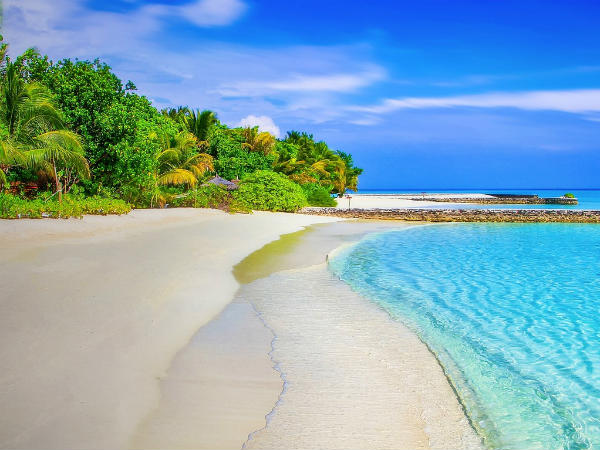
"Andaman-Nicobar Islands may become uninhabitable due to rise in sea level"

Islands like Andaman and Nicobar might not be inhabitable in a few years due to rise in sea level and increase in climatic events like cyclones, said one of the key authors of a global report on climate change on Wednesday (September 25).
The Special Report on the Ocean and Cryosphere in a Changing Climate (SROCC), prepared by the intergovernmental panel on climate change (IPCC), has cautioned that warming of oceans will increase the frequency and severity of climatic events like cyclones in India.
“Islands like Andaman and Nicobar, Maldives etc will have to be vacated. People will have to be migrated from there as due to rising sea levels, these places will become uninhabitable,” said Anjal Prakash, the coordinating lead author of the IPCC report.
He said the focus has to be on adaptation and building climate resilience.
“Even with an under two-degree rise in global temperature, there will be sea-level rise, glaciers will melt and many communities will be affected. Some of these events are irreversible. So the focus has to be on adaptation for the coming future,” said Prakash, who is also an associate professor of Regional Water Studies at TERI School of Advanced Studies.
ALSO SEE: Greta Thunberg raps World leaders over climate change
“The sea level will continue to rise. It would reach around 30-60 cm by 2100 even if the green house gas emissions are sharply reduced and global warming is limited to well below 2 degrees Celsius. In the event of high green house gas emissions, it would rise to 60-110 cm,” the report said.
India has 7,500 long coastline, which is the seventh longest coastline in Asia. The country has coastlines along the Arabian Sea to the west and the Bay of Bengal to the east.
“The impact of the warming of oceans will increase climatic events such as cyclones. These events are predicted to be on a rise and will be more severe in future decades,” the report prepared by nearly 30 authors said.
It said the salinity of water bodies will increase which will have an impact on irrigation and domestic use.
“The salinity ingress will pollute the freshwater bodies and will have huge impacts on water for irrigation and domestic use. The shifting rainfall patters of Indian monsoon will also have bearing for people living on the coastal areas,” it said.
According to the report, the world’s oceans have absorbed more than 90% of the warming that has occurred on earth over the last 50 years, with the rate of ocean warming more than doubling since 1993.
“It is virtually certain that the global ocean has warmed unabated since 1970 and has taken up more than 90% of the excess heat in the climate system. Since 1993, the rate of ocean warming has more than doubled.
ALSO READ: World not doing enough to deal with climate change, Modi tells UN
“Marine heatwaves have very likely doubled in frequency since 1982 and are increasing in intensity. By absorbing more carbon dioxide (CO2), the ocean has undergone increasing surface acidification. A loss of oxygen has occurred from the surface to 1,000 metres down,” the report said.
Warming oceans will lead to more frequent tropical cyclones, according to the report, which said extreme sea-level events that have historically occurred once each century will occur every year by 2050, increasing flooding risks for low-lying coastal cities and island communities.
“As a result, some small islands, which are home to 65 million people globally, are at risk of becoming uninhabitable,” the report said.
“Glacial melt, reductions in snow cover, and thawing of permafrost are also projected to increase the risk of landslides, avalanches, rockfalls, and floods in mountain regions,” it said.

